Last updated: January 28, 2024
Success in horse racing often hinges on the skill and physical fitness of the jockey. These athletes, distinct from those in many other sports, must adhere to stringent physical standards, especially in terms of weight.
With over 25 years of experience in the world of horse racing, I’ve had the opportunity to work closely with many jockeys and can confirm they are quite small. On average, male jockeys weigh around 113 pounds, while females usually weigh about 107 pounds, with most standing 5’2″ tall.
Join me as we delve into ‘How Big Are Horse Jockeys?’, exploring their weight maintenance strategies, the health impacts of their rigorous lifestyle, and the essential skills they need to excel in the competitive realm of horse racing.
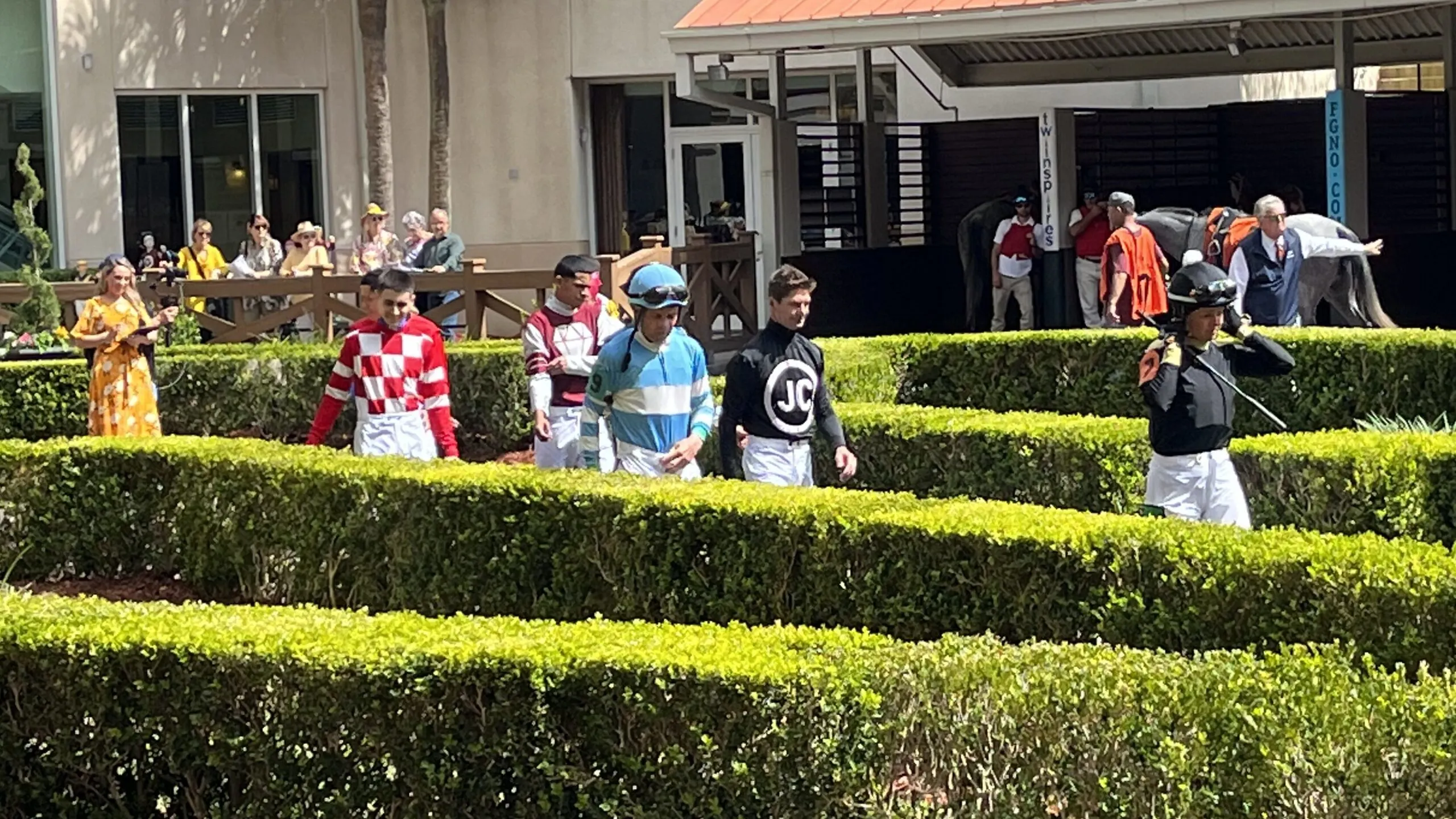
The Size of Jockeys
In the competitive world of horse racing, the physical stature of jockeys plays a crucial role. Unlike many other sports, where athletes come in a variety of sizes, horse jockeys adhere to specific size requirements.
- Average Height and Weight: Typically, jockeys are around 5’2″ tall. Male jockeys usually weigh about 113 pounds, while female jockeys average around 107 pounds.
- Purpose of Standards: These standards ensure fairness in racing, focusing on skill and horse ability rather than physical advantages.
Comparison Bar Chart: Average Height of a Typical Person vs. Jockey’s Height
The Smallest Horse Jockey and Biggest Horse Jockey in History.
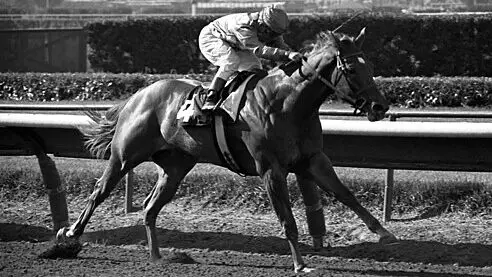
The Smallest Horse Jockey: William (Bill) Shoemaker
- William (Bill) Shoemaker, an American jockey, was notably one of the smallest in the history of horse racing. Standing at just 4’11” and weighing 91 lbs.
- Despite his small stature, Shoemaker’s career was marked by extraordinary achievements. He raced in the Kentucky Derby 24 times, securing victory in 4 of those races. His success is a testament to the fact that in horse racing, skill and experience often outweigh physical dimensions.
The Biggest Horse Jockey: Manute Bol
- On the other end of the spectrum, the largest horse jockey to compete was Manute Bol, a former NBA player known for his exceptional height. Bol stood at an astonishing 7’7” and weighed around 200 lbs.
- Bol’s foray into horse racing was for a charity event, where the usual weight requirements were waived. His participation was a unique instance in the sport, showcasing the versatility and inclusiveness of horse racing in special circumstances.
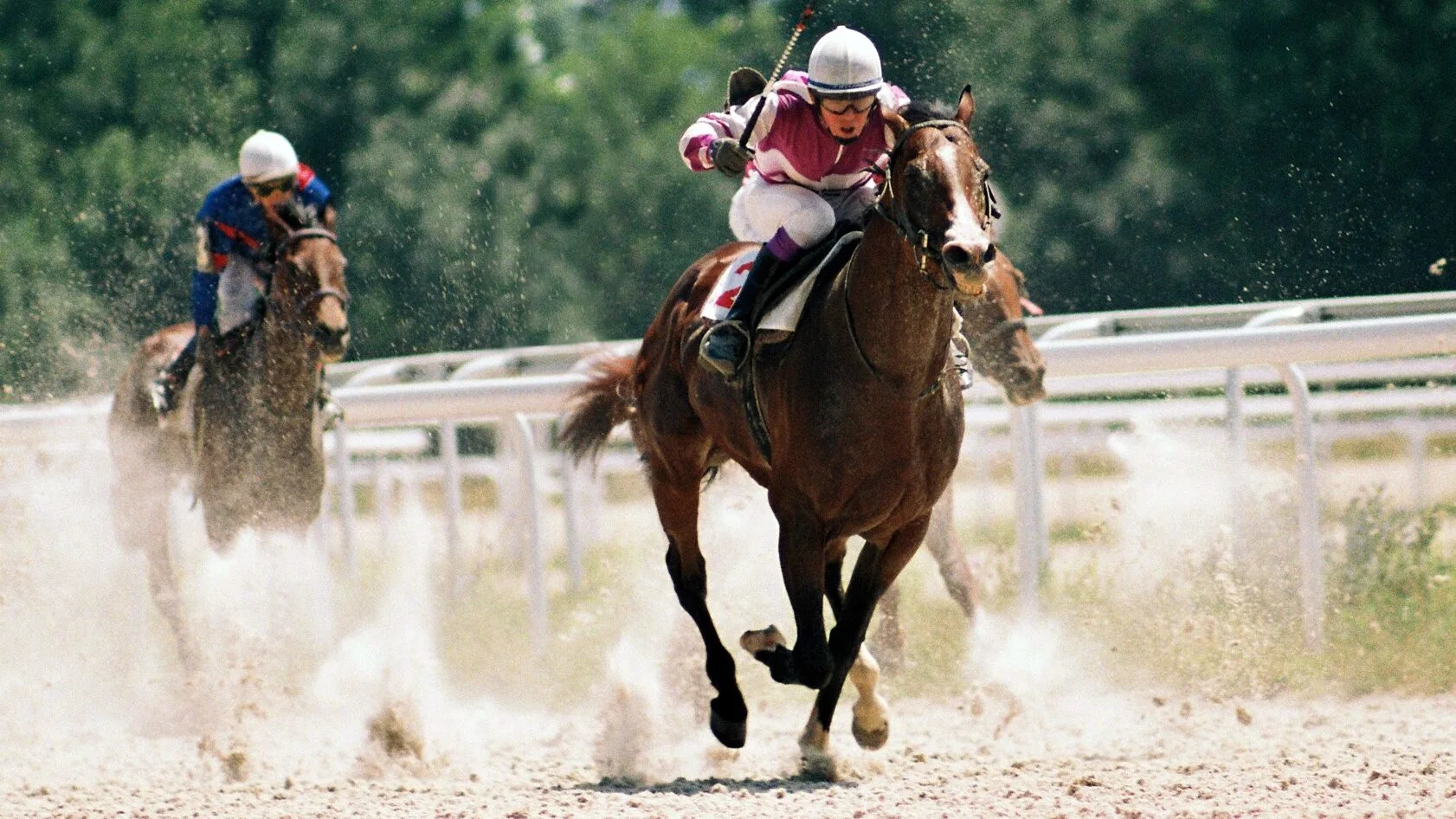
Common Dietary Practices of Jockeys
Let’s look at some of the rigorous dietary and exercise practices of jockeys, as well as the extreme and often unhealthy methods they resort to for weight control.
Balanced Diet for Performance
- Dietary Strategy: Jockeys follow a diet designed to maintain a low body weight while ensuring sufficient energy for intense physical activity.
- Meal Composition: Their diet typically includes high-protein, low-carbohydrate meals with controlled portion sizes.
- Snacking Habits: Snacks are generally limited to fruits, nuts, or protein bars.
- Hydration Focus: Adequate water intake is crucial, with an emphasis on avoiding high-calorie beverages.
Extreme Weight Control Measures Some Jockeys Use
- Flipping (Vomiting): Induced vomiting, known as ‘flipping,’ is a disturbing but common practice.
- Skipping Meals: A study revealed that 69% of jockeys skip meals for weight loss.
- Laxatives: Used for rapid weight loss but pose health risks.
- Dehydration Techniques: Methods like diuretics, saunas, and hot baths are used to lose water weight quickly.
- Excessive Exercise: Some resort to intense exercise in heavy clothing to induce sweating.
- Smoking: Employed to suppress appetite despite its health risks.
- Diet Pills: Used by some jockeys, often without considering potential side effects.
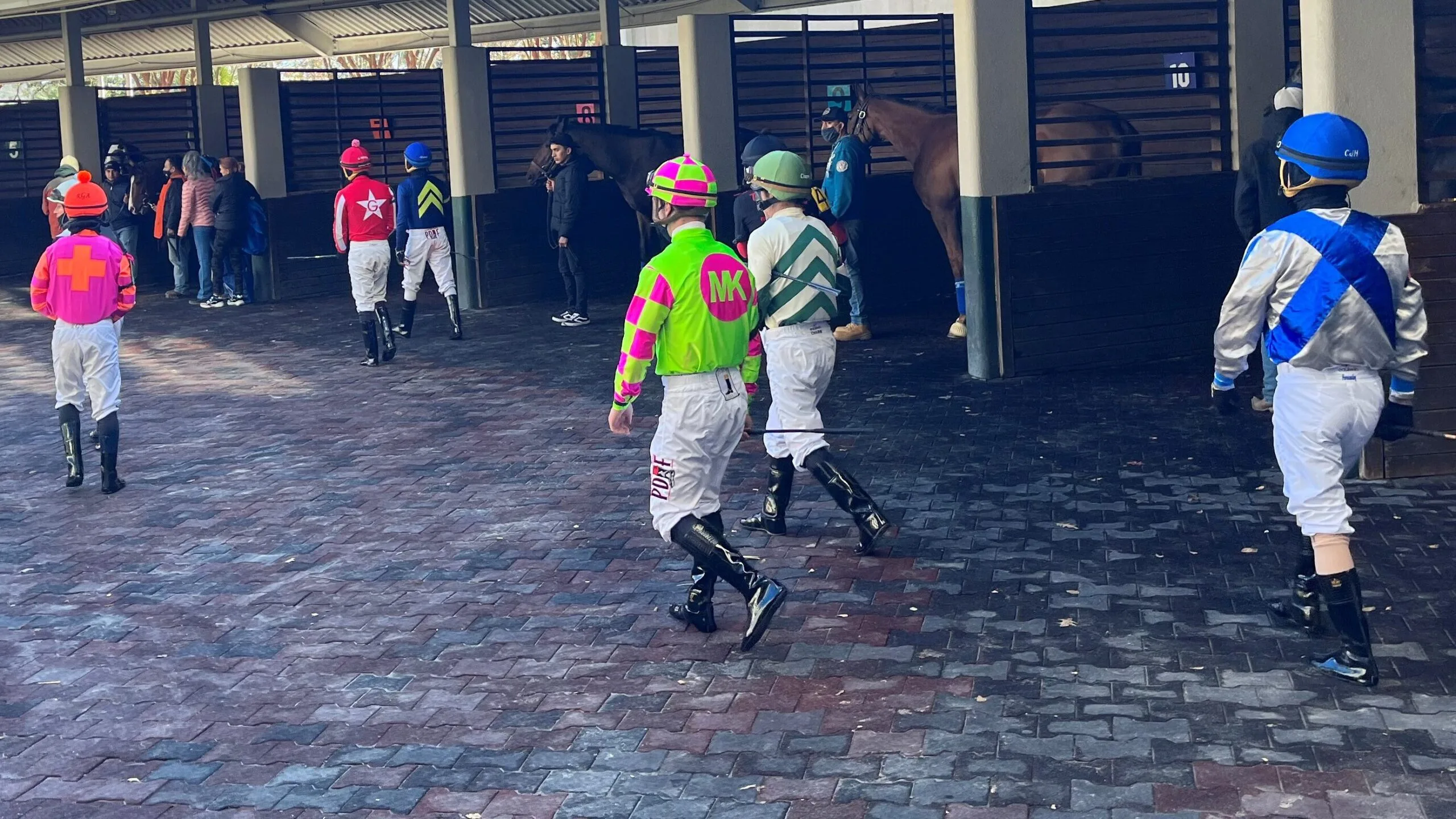
The Jockey Lifestyle
The dedicated and disciplined daily life of a jockey includes early mornings, rigorous routines, and a delicate balance between health and career, which are the hallmarks of this passionate profession.
Daily Routine and Discipline
- Early Mornings: Jockeys typically start their day before dawn, with Carlos, a seasoned jockey, beginning at 4:30 AM.
- Weight Check and Exercise: The first activity is often a weight check, followed by a morning run to maintain fitness.
- Light Breakfast: Breakfast usually consists of something light, like oatmeal or a protein shake.
- Training Sessions: Mornings are spent at the racetrack, engaging in training sessions with their horses, which is as much about building rapport as it is about physical training.
Race Day Preparation
- Excitement and Strategy: Race days are filled with excitement, involving strategy review and wearing racing silks.
- Skill and Endurance Test: The races test the jockeys’ skills, strategy, and endurance.
- Post-Race Activities: After racing, jockeys cool down, discuss performances, and plan for future races.
Balancing Health and Career
Managing Health and Professional Demands
- Weight Management: Constant attention to weight can be stressful, requiring a balance with overall health.
- Regular Health Check-Ups: Jockeys undergo frequent medical check-ups to ensure their health isn’t compromised by their diet and weight management practices.
- Nutritional Guidance: Nutritionists provide tailored meal plans that are both health-conscious and nourishing.
Mental Well-being
- Mindfulness Practices: Many jockeys use mindfulness or meditation to cope with professional stress.
- Support Systems: The role of family, friends, and counselors is crucial in helping jockeys maintain a balanced lifestyle.
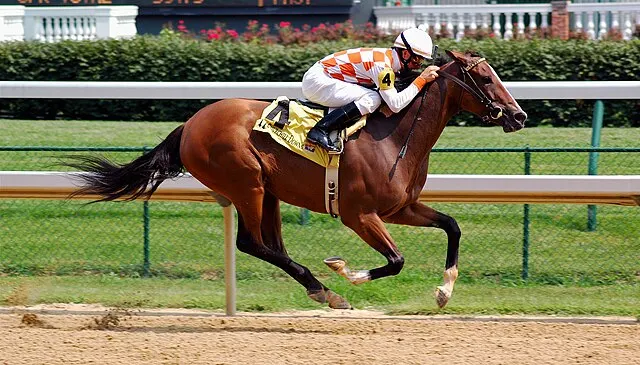
Safety and Risks Jockeys Face
Horse racing, while thrilling, presents significant safety and health concerns for jockeys.
Physical Risks of Racing
- Injuries in horse racing are common, with a high risk of falls and fatalities.
- Jockeys experience as many as 2.8 falls per 1,000 rides, significantly higher than sports like football or skiing.
- Extreme measures to meet weight requirements, such as extreme dieting, lead to short-term health issues like dental erosion, dehydration, and nutritional deficiencies.
- Racing on 1,000-pound horses at high speeds increases the risk of severe injuries like concussions, broken bones, and spinal injuries.
Long-term Health Implications
- Constant weight loss and maintenance through extreme dieting can result in lower bone density, making fractures more likely.
- Jockeys often maintain weights significantly below healthy ranges; for example, they may have to cut weight to as low as 105 lbs, significantly below healthy averages.
- The use of diuretics like Lasix for rapid water weight loss has long-term health effects, including dental issues, gastrointestinal problems, and fluid loss with low potassium levels.
- Extreme practices can lead to menstrual irregularities in female jockeys and, in severe cases, damage to the esophagus.

The Impact of Height and Weight on Performance
- Performance Factors: Jockey size significantly impacts race performance.
- Key Aspects:
- Lighter jockeys help horses run faster and more efficiently.
- Jockeys must be strong enough to control horses weighing over 1,000 pounds.
- Balance and control are crucial, influenced by the jockey’s size.
- Strategic Importance: Meeting height and weight standards is not just a necessity but also a strategic element in effective horse riding and racing.
Understanding Weight Restrictions for Jockeys
- Primary Reason: Weight restrictions are primarily to protect the horse’s health.
- Belief in Racing Community: Lighter jockeys are believed to control horses better, reducing the burden and preventing injuries, especially to the legs, which are vital for a racehorse’s performance and longevity.
Interesting Fact: Some Jockeys are Tall
- Notable Exceptions: While most jockeys are around 5’2″, there are taller individuals in the field.
- Examples:
- Deshawn Parker: Around 6 feet tall. He rode my horse and is taller than me.
- Stuart Brown: Nearly 6 feet 3 inches.
- Johnny Sellers: 5’7″.
- Richard Hughes: 5’10”.
- Louise Moeller: 6’1″ and 112 lbs.
- Significance: These examples show that height is not a limiting factor for success in jockeying.

Jockey Size and Gender Evolution in Horse Racing
The horse jockeying profession has evolved significantly, especially in weight and height requirements and gender roles.
Historical Evolution
- Initially, horse racing had no strict jockey size regulations.
- Standardized requirements emerged as the sport grew competitive.
Weight Limit Development
- Mid-20th century saw the introduction of specific weight limits by racing associations.
- These limits, initially low, have been adjusted for health and safety.
- Early 1900s jockeys weighed as little as 100 pounds; now, the standard is 108 to 118 pounds.
Gender’s Changing Role
- Horse racing, once male-dominated, now sees more female jockeys.
- Female jockeys have overcome biases and compete successfully against males.
- Their presence has led to discussions on equitable weight requirements.
Profession’s Adaptation
- The profession reflects broader societal and sports trends, embracing more female jockeys and adjusting traditional standards.
Emerging Trends and Changes for Racehorse Jockeys
The horse jockeying landscape is evolving with new trends and innovations.
Training and Diet Innovations
- Training now focuses on holistic weight management and mental health.
- Collaborations with nutritionists lead to sustainable diet plans.
- Race regulations are revising weight limits for health considerations.
Safety and Fairness Improvements
- Authorities are adjusting race formats for safety and fairness.
- The focus is on jockey health alongside competitive integrity.
The Role of Technology
- Wearable tech monitors jockeys’ health in real-time.
- Advances in safety gear improve protection and comfort.
- Virtual reality and simulations enhance training and reduce injuries.

FAQs
What is the average weight of a horse jockey?
Male jockeys typically weigh around 113 pounds, while female jockeys average about 107 pounds.
How tall are most horse jockeys?
The average height for horse jockeys is approximately 5’2″.
Why are there weight limits for jockeys?
Weight limits ensure the safety and fairness of races, focusing on skill and horse ability rather than physical advantages.
Have jockey weight requirements changed over time?
Yes, weight limits have evolved, initially being quite low and later adjusted for health and safety reasons.
Are female jockeys common in horse racing?
Yes. While historically male-dominated, recent decades have seen a significant increase in female jockeys.
How much do Jockeys earn?
Most jockeys earn between $30,000.00 and $40,000.00 per year. But pay can be as little as $28 per race and as much as $124,000 for a triple crown competition. As you can tell, a Jockey has a vast range of earnings.
Why Are Jockeys Weighed Before and After Races?
In horse racing, jockeys are weighed before (weighing out) and after (weighing in) each race to ensure fairness. This practice confirms that jockeys and their gear meet the pre-set weight standards, which is crucial for maintaining equal conditions for all racers.
- Weighing Out (Pre-Race): Confirms jockeys meet the required weight with their gear before the race.
- Weighing In (Post-Race): Verifies no weight was lost during the race, which could indicate rule violations.
This procedure is a key part of horse racing, ensuring all participants compete under consistent conditions and upholding the sport’s integrity.
Conclusion: How Big are Horse Jockeys
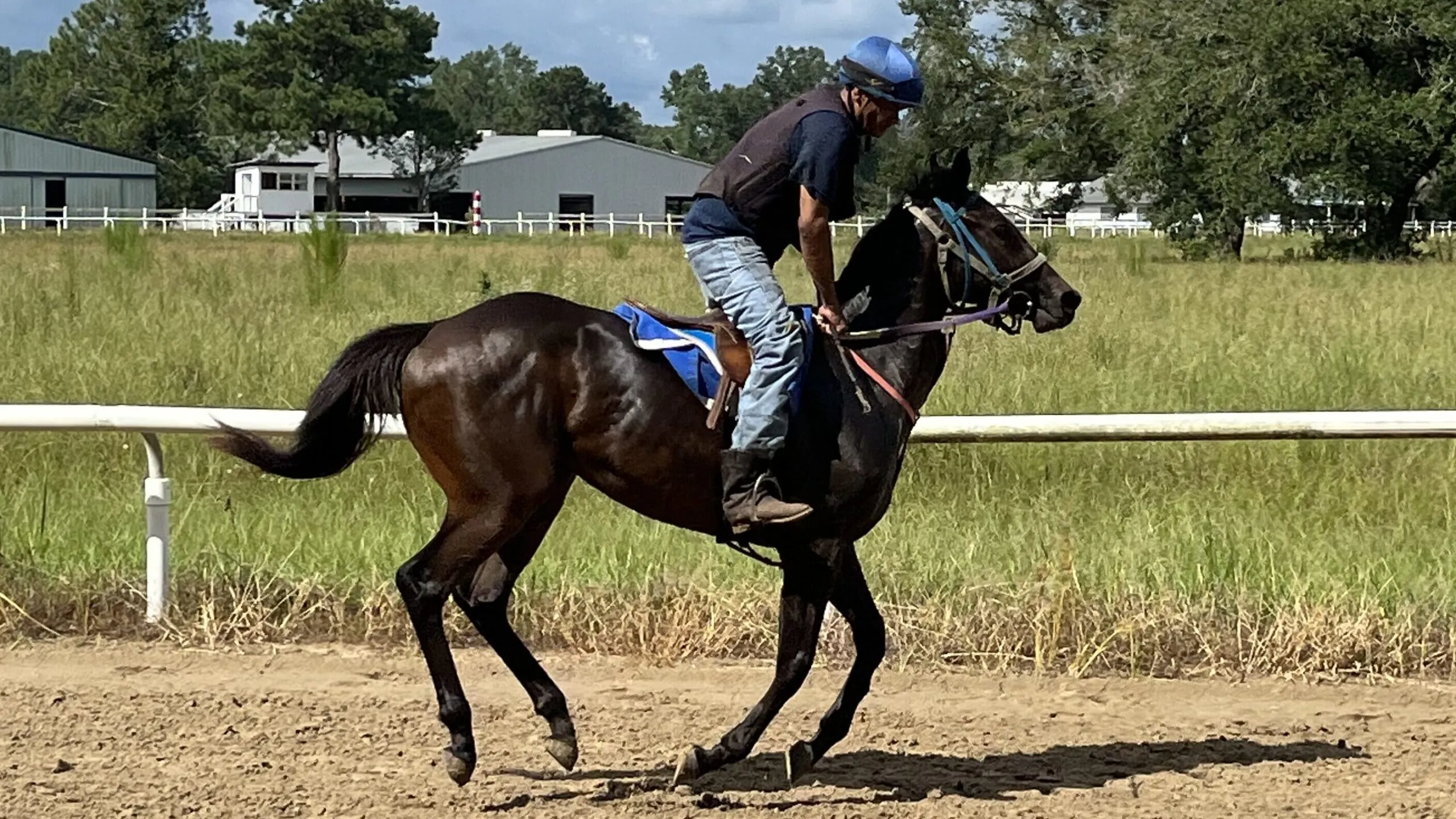
The physical stature of horse jockeys, typically around 113 pounds for males and 107 pounds for females, with an average height of 5’2″, plays a crucial role in the competitive world of horse racing. This article has shed light on the stringent size requirements, the evolving gender roles, and the impact of these standards on jockeys’ health and performance.
As the sport continues to evolve, so do the standards and practices surrounding jockey size, reflecting a balance between tradition and modern understanding of health and safety in horse racing.
Stay Connected and Informed:
- If you found this guide helpful, consider signing up for our newsletter for more insights and updates on horseracing.
- For personalized advice or specific inquiries, feel free to contact me directly. I’m here to help guide you through your journey of learning about horseracing.
Join the Conversation:
- I encourage you to share your thoughts, experiences, or questions in the comments section below. Let’s create a community of informed and passionate horseracing fans.
- Don’t forget to share this article with your network. Use the social share buttons to spread the knowledge and love for racehorse ownership.
Thank you for reading, and I look forward to connecting with you, whether it’s through our newsletter, direct communication, or in the comments section. Here’s to the thrilling journey of racehorse ownership!
Resources and Academic Research
Academic Research on Horse Jockey Health and Diet
- “Body Composition and Bone Health Status of Jockeys: Current Findings, Assessment Methods, and Classification Criteria.” This study highlights a prevalent issue of low bone density among jockeys, a health risk exacerbated by the sport’s rigorous weight management demands.
- “Weight-Making Practices Among Jockeys: An Update and Review of the Emergent Scientific Literature” This review examines the common weight-making practices among jockeys, such as severe calorie restriction and dehydration methods.
Case Study
- Many jockeys adopt severe dietary restrictions, limiting themselves to as low as 600 calories per day. Red Pollard, for instance, survived on eggs alone for a year, while Sunny James Fitzsimmons often had just a leaf or two of lettuce for dinner, avoiding water due to its weight. You can read the entire article at Weight Control Among Jockeys – National Centre for Eating Disorders.
